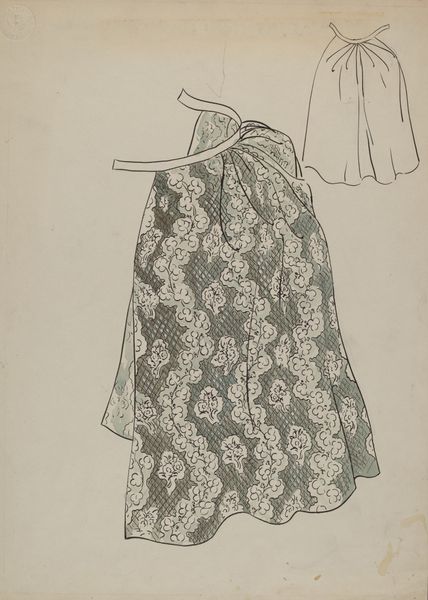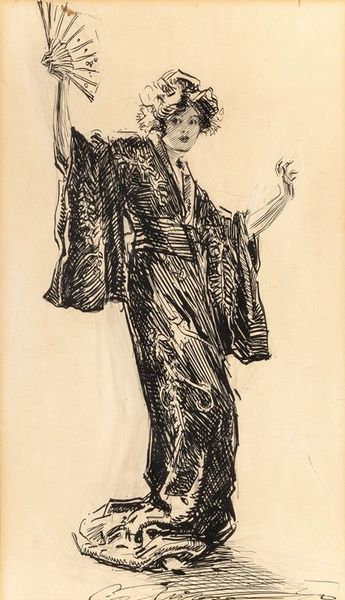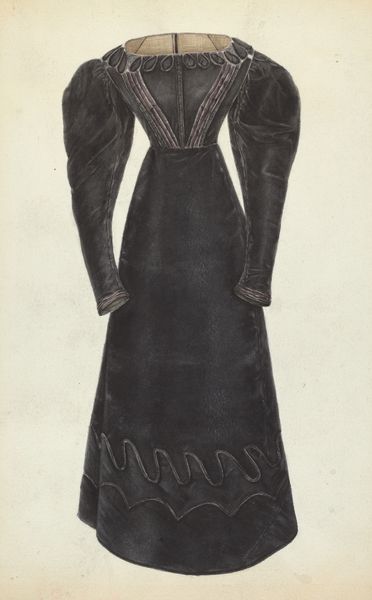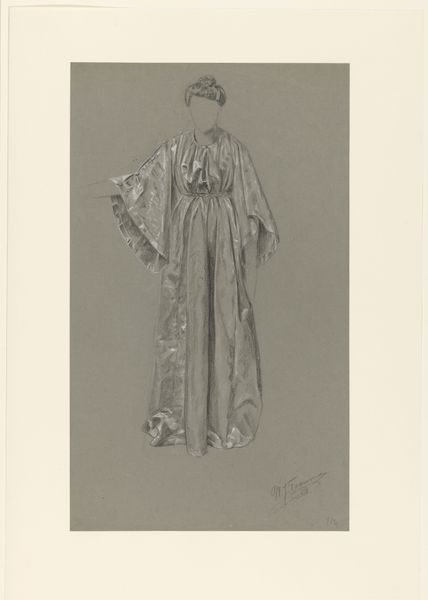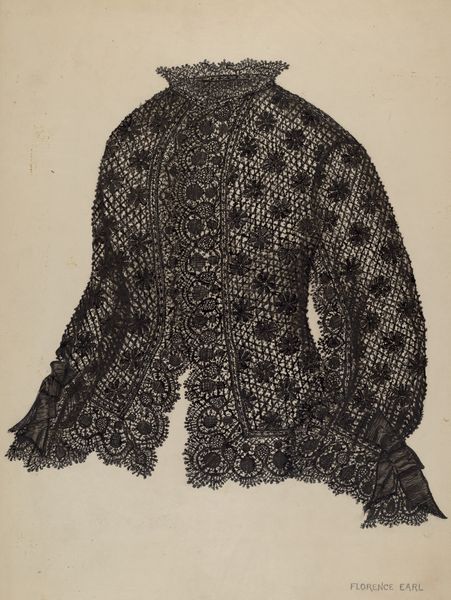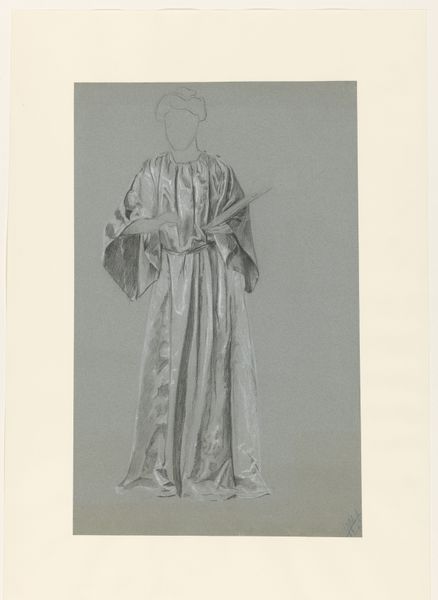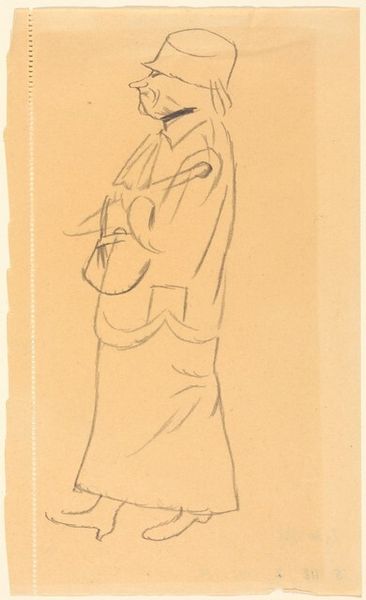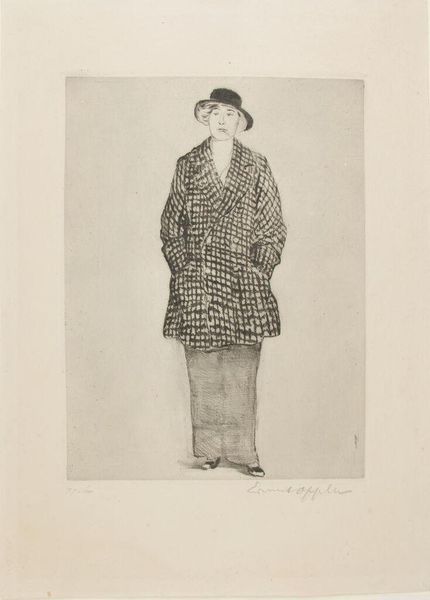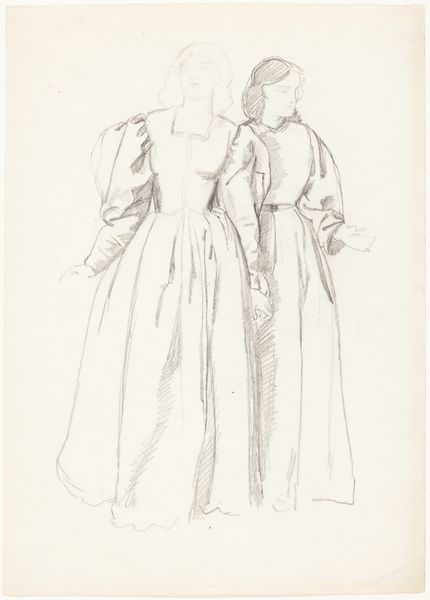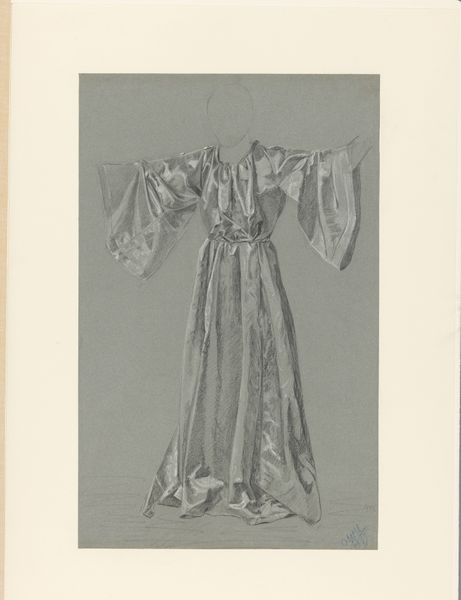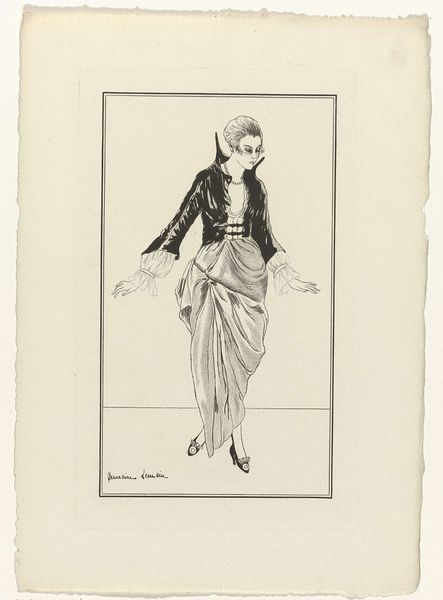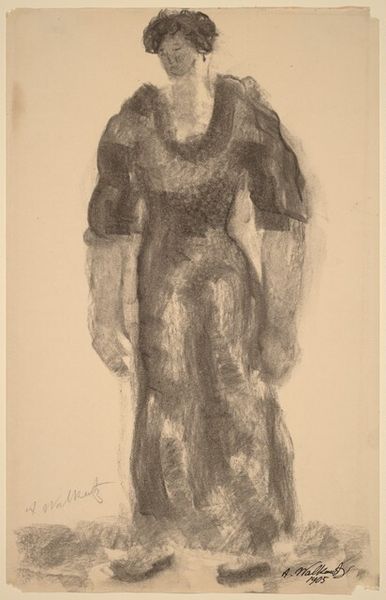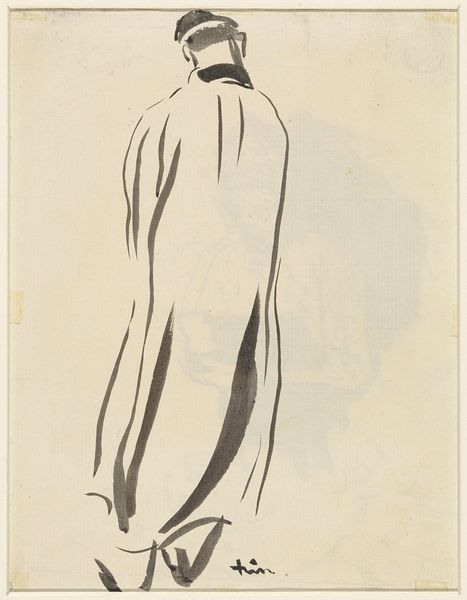
print, etching
# print
#
etching
#
figuration
#
pop-art
Dimensions: Image: 445 x 349 mm Sheet: 597 x 419 mm
Copyright: National Gallery of Art: CC0 1.0
Editor: This is Jim Dine’s “Bathrobe,” probably from 1964 or 65, an etching. It’s quite striking—the rendering is almost obsessively detailed. What do you see in this piece, beyond the surface? Curator: This work immediately strikes me in relation to the Pop Art movement. While seemingly straightforward in its representation, the ‘Bathrobe’ speaks volumes about domesticity and identity during a period of shifting social norms. The intimate nature of the subject, the bathrobe, is something that is often seen in the private space of a home. But its presence here as art challenges ideas of privacy and intimacy. Does the bathrobe symbolize vulnerability or perhaps comfort? Editor: That's fascinating! I hadn’t considered it in the context of the changing roles within the home at the time. How does its presentation as a print add to that meaning? Curator: The printmaking process introduces the concept of reproduction and accessibility, which are key components to understanding Pop Art’s broader cultural critique. Think about it, who typically occupies that bathrobe? Are there questions about gender roles that Dine is posing by the way it’s drawn and printed? Editor: That’s such a good question! It definitely gives the image another dimension. Thinking about that interplay of domestic space and popular art… Wow. Curator: Exactly! It asks us to look at the familiar, the everyday object, and unpack the complexities embedded within. Hopefully it leads us to explore the sociopolitical landscape in which the artist and the "user" of this item exists. Editor: I am going to think about Jim Dine's ‘Bathrobe’ a lot differently now! Curator: Excellent!
Comments
No comments
Be the first to comment and join the conversation on the ultimate creative platform.
